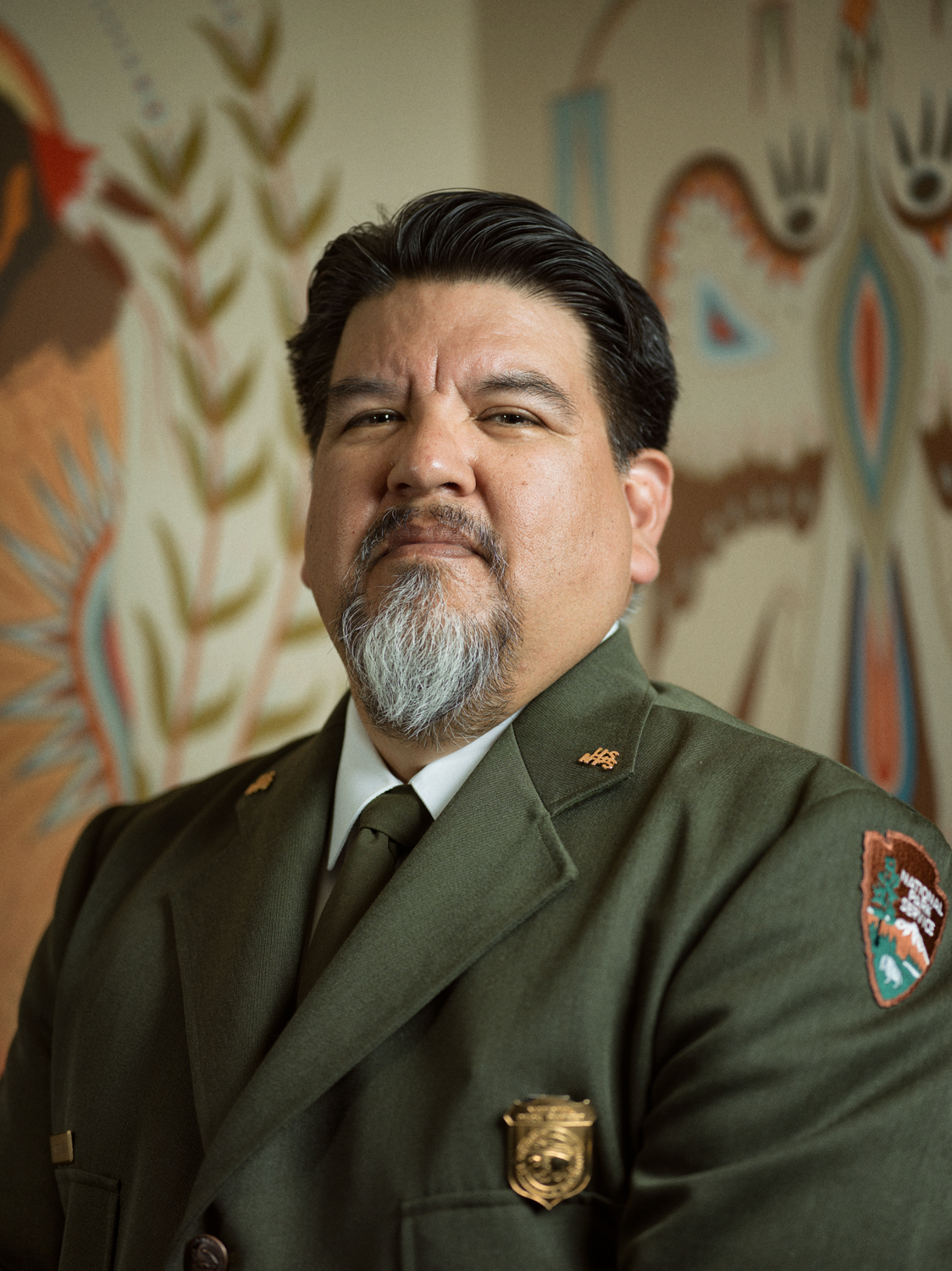Hetchy Hetchy’s role in American history is best known to many of us by the political battle, culminating in the 1913 passage of the Raker Act, which pitted San Francisco against John Muir and the nascent Sierra Club. Hetch Hetchy’s human history did not begin, however, with Muir’s many trips to Hetch Hetchy in the 1870s, nor even with the Screech Brothers who first visited in 1850.
Hetch Hetchy is the ancient homeland of nearly a dozen Indigenous peoples, including Sierra Miwok, Yokuts, Washoe, Western Mono, and Paiute. The word Hetch Hetchy may refer to the name of a Miwok village in the valley and/or to “a kind of grass or plant with edible seeds abounding in the valley.” Alternatively, the valley is referred to as Iyaydzi in the Paiute language. Regardless of the name used, for thousands of years indigenous people were the stewards of this special place – hunting, burning, pruning, cultivating, seeding, transplanting, utilizing and caring for important plant species. (For more information see Tending the Wild: Native American Knowledge and the Management of California’s Natural Resources, M. Kat Anderson, 2013)
Accordingly, RHH strongly supports Tribes in having a meaningful and active participation in the restoration, management and use of Hetch Hetchy. In this spirit, we are sharing the memorandum sent to NPS staff from Director Chuck Sams, its first Native American Director, in celebrating Native American Heritage Month:

Chuck Sams, a member of the Confederated Tribes of the Umatilla Indian Reservation, served in the United States Navy from 1988 to 1992.
From: Director, NPS <NPS_Director@nps.gov>
Sent: Wednesday, November 2, 2022 12:42 PM
Subject: Celebrating Native American Heritage Month
Dear Colleagues,
I’m deeply proud to join you for the first time as Director in celebrating Native American Heritage Month. It’s an immense honor to lead the National Park Service as we work to strengthen Indigenous connections and enhance our nation-to-nation relationships with Tribes. I’m moved by the significance of being the first American Indian to hold this office, but I’m also often reminded by my elders that, regardless of what title I hold, I have a responsibility to steward natural resources not just for myself, but for the generations to come.
This is a time for us to uplift the traditions, languages, and stories of Native Americans, Alaska Natives, Native Hawaiians and to ensure their rich histories and contributions continue to thrive with each passing generation.
Recently, I had a chat with Drew Lister, an intern in our Office of Native American Affairs and member of the Council for Indigenous Relevancy, Communication, Leadership and Excellence (CIRCLE). We shared thoughts about our lived experiences as Native Americans working for the National Park Service, and I invite you all to watch the video.
I want to thank CIRCLE for supporting our employees and sharing recommendations on hiring, retention, and improved visibility of Native Americans throughout the NPS.
While there is always work to be done, I’m grateful for the progress we’re making on key issues. Following extensive Tribal consultation, the Department of the Interior is proposing changes to Native American Graves Protection and Repatriation Act regulations to streamline the process for returning human remains and sacred and cultural objects to Indigenous people. The Department has also issued new guidance to strengthen Tribal co-stewardship of public lands and waters. NPS employees can learn more about co-stewardship in upcoming webinars from the Office of Native American Affairs on November 17, December 7, and January 13.
Employees can also participate by observing Red Shawl Day on November 19, a time to bring attention to violence committed against Native Americans, particularly women and children. According to the Department of Justice, Native American and Alaska Native women go missing and are murdered at a rate more than 10 times higher than the national average. All NPS employees and volunteers, including uniformed employees, are invited to join the observance, on November 19, 2022.
I also invite Indigenous employees, volunteers and visitors to join in Rock Your Mocs week, November 13-19. It’s an opportunity to celebrate Tribal individuality, honor our ancestors and Indigenous people nationwide by wearing traditional footwear.
Thank you all for your support, and your dedication to our mission, and for the commitment to stewardship that we share with Native Americans.
Chuck
Charles F. Sams III
Director, National Park Service
